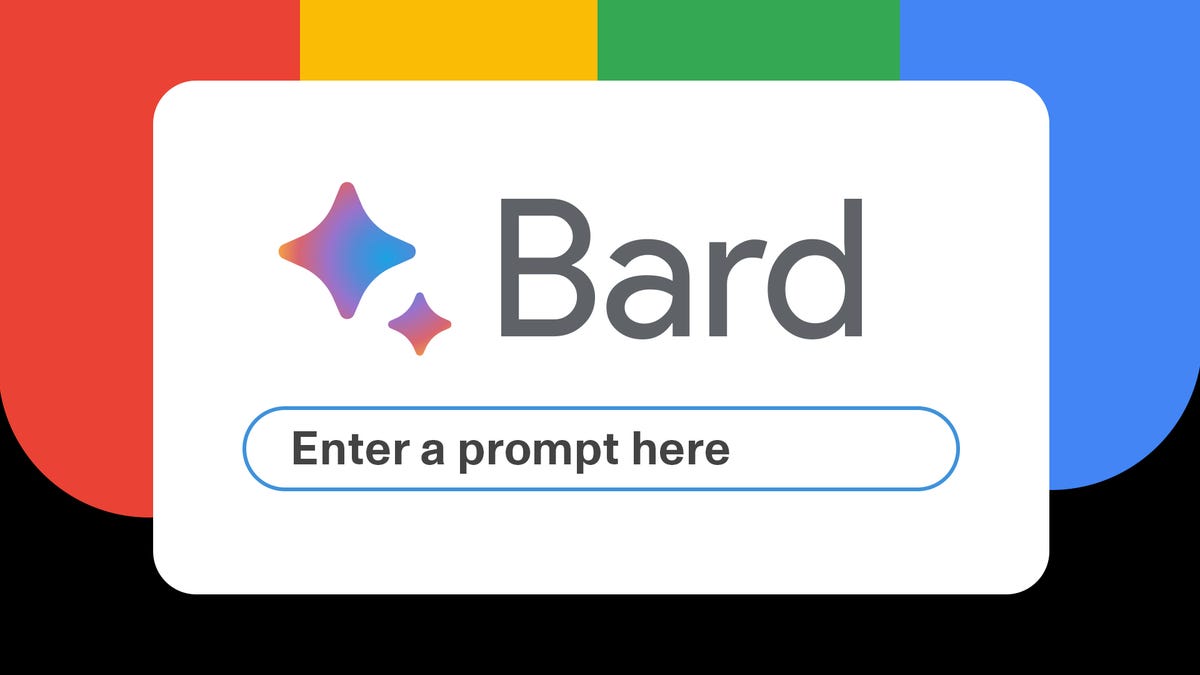What is Google Bard?
Google Bard is an AI-powered chatbot tool designed by Google to
simulate human conversations using natural language processing and machine
learning. In addition to supplementing Google search, Bard can be integrated
into websites, messaging platforms, or applications to provide realistic,
natural language responses to user questions.
How
does Google Bard work?
Google
Bard was updated with the Gemini large language model in December 2023.
Gemini
and the models that preceded it -- Pathways Language Model 2 (PaLM 2)
and Google's Language Model for Dialogue Applications (LaMDA) -- are based on
Transformers, Google's neural network architecture released in 2017. Because
Google released the Transformer architecture as open source, it has been the
framework for other generative AI tools, including the GPT-3 language
model used in ChatGPT.
Bard
is designed around search. It aims to allow for more natural language queries,
rather than keywords, for search. Bard's AI is trained around natural-sounding
conversational queries and responses. Instead of just giving a list of answers,
it provides context to the responses. It is also designed to help with
follow-up questions -- something new to search. Bard has a share conversation
function and a double-check function that helps users fact-check generated
results.
Bard
can also access information from many Google apps and services,
including YouTube, Maps, Hotels, Flights, Gmail, Docs, and Drive, letting users
apply Bard to their personal content.
The initial version of Bard used a lighter-model version of
LaMDA that requires less computing horsepower to scale to more concurrent
users. The incorporation of the PaLM language model lets Bard be more visual in
its responses to user queries. Bard incorporates Google Lens, which lets users
upload images in addition to written prompts. The incorporation of Gemini
enables more advanced reasoning, planning, and understanding.
When was Google Bard
released?
On March 21, 2023, Google began opening access to Bard, inviting
users to join a waitlist. On May 10, 2023, Google removed the
waitlist and made Bard available in over 180 countries and territories.
Google Bard was initially announced on Feb. 6, 2023, with a
vague release date. Many believed that Google felt the pressure of ChatGPT's
success and positive press leading them to rush Bard out before it was ready.
For example, during a live demo by Google and Alphabet CEO Sundar Pichai, it
provided a query with a very wrong answer.
In the demo, a user asked Bard the question: "What new
discoveries from the James Webb Space Telescope can I tell my 9-year-old
about?" In Bard's response, it mentioned that the JWST "took the very
first pictures of a planet outside of our own solar system." Astronomers
took to social media to quickly point out that the first image of an exoplanet
was taken by an earthbound observatory in 2004, making Bard's answer incorrect.
The next day, Google lost $100 billion in market value -- a decline attributed
to the embarrassing mistake.
Who can use Google
Bard?
Users must be 18 or older and have a personal Google account.
Bard is available in more than 230 countries and territories and more than 40
languages.
What are the
limitations of Bard?
Like all AI chatbots, Bard must learn and be trained to give the
correct answer from inaccurate or misleading information, as was evident during
its first demo. AI training is an endless, compute-intensive process since
there is always new information to learn.
Is Bard free?
As of this writing, Google has given no indication that it will charge for use. Google has no history of charging customers for services -- its cloud business notwithstanding. The current assumption that Bard will be integrated into Google's basic search engine indicates that it will be freely available for use.

Post a Comment